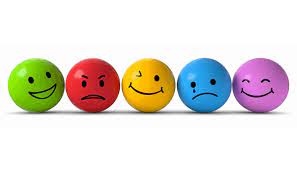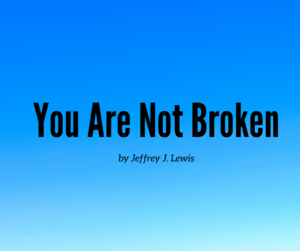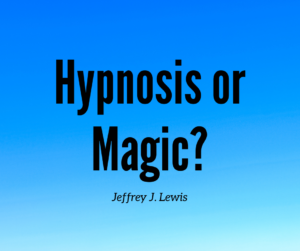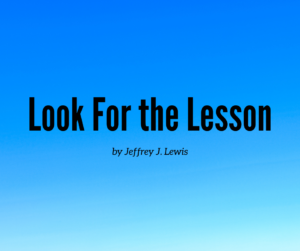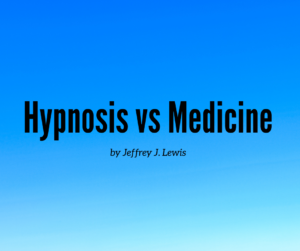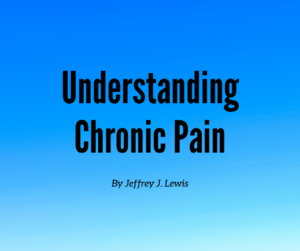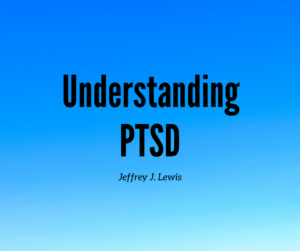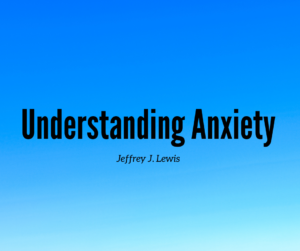
Hypnosis & Religious Beliefs
In this post I’d like to address a conflict that some people have between the use of hypnosis, and their religious/spiritual belief systems. Is this a legitimate conflict, or is it simply a misunderstanding regarding hypnosis? I believe that the essence of the problems is two-fold. On one hand there’s a fear of someone else controlling our minds, and on the other hand is a lack of understanding about hypnosis. So let’s take a closer look.
Our spiritual belief systems are typically designed to provide a “formula” that will help us stay in line with our creator. These systems give people a structure, an objective guide to living their everyday lives. As such, they are very important. They provide an important measuring stick on both a personal and social level. We all have belief systems, even those who claim to have no belief system at all. That in itself is a belief system!
Hypnotherapy is not a stage show
So let’s begin with the concern of someone else controlling our minds. I know that most of you are familiar with what they call “stage hypnosis”. This is where a so-called hypnotist will “hypnotize” a hand full of people and make them do a bunch of crazy things. It certainly does seem that the hypnotist is controlling their minds. If you’ve ever seen, or been a part of such an event, the “hypnotist” begins by doing a test with the crowd. This is done in order to pick out the best, most suggestible candidates. The “hypnotist” will then invite them up to the stage.
Next, he will “hypnotize” them, and give each person something amusing to do. I had such an experience when I was in high school. I was told that my feet were stuck to the floor, and no matter how hard I tried, I couldn’t move them. Looking back on that experience now, I KNOW that I could have moved my feet… but I didn’t want to make the hypnotist look bad, so I played along! And I wouldn’t doubt that others on stage had the same idea. To the viewing audience, it sure looked like our minds were being controlled. And that was the objective. So much for “hypnosis”.
that’s not hypnosis
In reality, that was NOT hypnosis, it was manipulation and showmanship… big difference. I personally disagree with this practice, and consider it to be 100% unethical. But this is unfortunately what most people believe, and I run into it with a significant number of clients that comes to see me. Even though I spend a great deal of time explaining all of this to them, a few of them still seem to expect something magical without any effort on their part… and they’re disappointed when it doesn’t happen.
it’s all about brainwaves
Now that I’ve explained what hypnosis is NOT, here’s what it really is. The word “hypnosis” comes from the Greek word “hypnos”, which means “the coming on of sleep”. But it is NOT sleep. It is simply a deeply relaxed state of mind and body that we all experience many times every day. We experience it in the morning when we’re just beginning to wake up, and again at night right before we fall asleep. We also experience it during the day when we’re deeply focused on something, like reading a book, driving a car, watching a movie, or daydreaming. It’s a totally normal mental state, and everybody experiences it.
The state of hypnosis is associated with the frequency (speed) of our brainwaves. There are predominantly 4 stages: Beta – when we’re wide awake, Alpha – when we’re relaxed, Theta – that moment right before we fall asleep, and Delta – when we’re asleep. The goal of Hypnotherapy is to gently guide the client to the Theta state. In the Theta brainwave state, the conscious mind relinquishes its control, and the sub-conscious mind is more open to suggestion. A “hypnotic suggestion” is simply an idea, an alternate way to look at a problem, or to look at an experience in a different way. It’s a different perspective, and nothing more. Most of the time, that’s all a person needs to get “un-stuck” from the effects of a troublesome condition, experience, or belief. I would also add that no one – while in the hypnotic state – will violate any of their moral or ethical standards… Period!
Get Your Control Back
So as you can see, hypnotherapy is not about controlling someone’s mind. Quite the contrary, it’s about helping people to re-examine their existing beliefs from a different, non-threatening perspective. It’s really about helping people to gain MORE control over their own minds, thoughts and feelings. Hypnosis helps them to regain their personal power – instead of continuously suffering the miseries that come from being controlled by their old, troublesome memories, or outdated beliefs. It can be very liberating!
This is why hypnosis does NOT (and should not) conflict with anyone’s spiritual beliefs or perspectives. It’s like comparing apples and oranges. Incidentally, there are over 4,000 different religions worldwide. Just in the United States alone, for example, there are at least 64 different Baptist denominations, and many, if not most of them, honestly believe that they’re the only one that’s right! I’m confident that this applies to all of the other denominations and religions as well. Interestingly, even though in the Catholic religion, in 1956, Pope Pius XII gave his approval of hypnosis, I’ve encountered Catholics who still think that hypnosis is some kind of “mind-control”.
Hypnosis & Religious Beliefs
As a hypnotherapist, I have absolutely no interest in controlling anyone’s mind, even if I could. Fact is, I wouldn’t even know where to begin. My biggest “rush” comes from helping people to work through the issues in their life. Many of those issues turn out to be linked to a childhood experience of some sort that the client has completely forgotten about. Others may be associated with something more recent. Either way, for me, it’s not about the money, it’s not about any personal accomplishment that puts me in the spotlight, it’s about helping my clients get the results they’ve been looking for… often for many years.
In closing, let me say this; I recently worked with a client who was 70 years of age. She had an issue with low self-confidence, and low self-esteem… her whole life. That’s a long time to suffer! She had tried counseling, medications, and several other modalities, but never really got the results she was looking for. Long story short, after only 5 sessions with me, she was good to go! No “mind control” involved… other than the fact that she learned how to control her own mind in a more constructive way. I’d also like to add that not one single religious belief of hers was violated in the process!
I sincerely hope that this post has helped readers to understand that the real, honest use of hypnosis, is in no way, a threat to their spiritual or religious belief system. Nor is it about so-called “mind control” by the hypnotherapist. It can be a very pleasurable and liberating experience. Have a great day!
